To celebrate the growth and development of the RSC Applied Polymers community and to highlight the remarkable authors who continue to contribute their high quality work to the journal we would like to share the opinions and insights of these authors through this introductory blog post. Once dubbed #RSCAppliedfirst50, our blog posts aim to give a voice to the authors behind the research and hope that their insights might shed light upon growing challenges and progress in polymer science and its applications.
In this post we feature an introduction to ”Inherent limitations of the hydrogen-bonding UPy motif as self-healing functionality for polymer electrolytes’ by Cuc Thu Mai, Harish Gudla, Guiomar Hernández, Kristina Edström and Jonas Mindemark.
An Introduction to ‘Inherent limitations of the hydrogen-bonding UPy motif as self-healing functionality for polymer electrolytes‘ by Cuc Thu Mai, Harish Gudla, Guiomar Hernández, Kristina Edström and Jonas Mindemark.
In our latest publication in RSC Applied Polymers, we explore the combined effects of self-healing ureido pyrimidinone (UPy) groups and electrolyte salts on the mechanical properties of polymer electrolytes. Self-healing properties are well-known for materials from the biomedical field, but are highly desirable also for next-generation electrolyte materials for energy storage applications. This is, for example, highlighted in the roadmap of the European project Battery2030+, where the integration of smart functionalities such as sensing and self-healing can enhance the safety and lifetime of rechargeable batteries.
The inclusion of hydrogen-bonding UPy groups is known to be an effective means of introducing dynamically cross-linking and self-healing capabilities in polymer materials. However, it is perhaps not so straightforward to realize such functions in a battery environment, which is fundamentally different from a biological one. Indeed, in the paper we demonstrate that the addition of electrolyte salt causes the hydrogen-bonding network to be disrupted by interactions with the ions, thereby canceling out the effect of the UPy groups on the mechanical properties of the material. Unfortunately, this renders the material mechanically unsuitable for use as a solid polymer electrolyte. One important question emanating from this work is whether this is specific for the UPy group or if it applies also to other hydrogen-bonding self-healing groups. It may well be so that hydrogen-bonding groups are inherently unreliable at high salt concentrations, motivating work into other means of introducing self-healing functionality instead, such a dynamic covalent bonds.
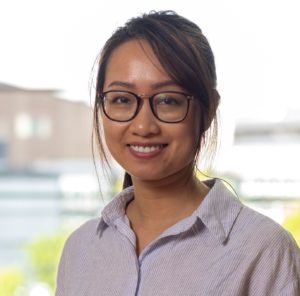 Cuc Thu Mai |
Cuc Thu Mai is currently a battery material scientist at NOVO Energy AB in Sweden. Her work focuses on the development of advanced polymeric materials used as binders, separators and coatings on electrodes to allow longer usage time and faster charging batteries for EVs. |
 Harish Gudla |
Harish Gudla is a postdoctoral researcher at the Ångström Advanced Battery Centre at Uppsala University. His primary research focus lies in multi-scale modeling of polymer electrolyte materials for Li-ion batteries. |
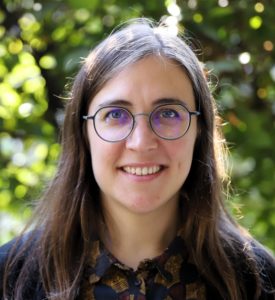 Guiomar Hernández |
Guiomar Hernández is an assistant professor at the Ångström Advanced Battery Centre at Uppsala University. Her research is focused on fluorine-free electrolytes, solid polymer electrolytes and functional polymers towards safer and more sustainable next-generation batteries. |
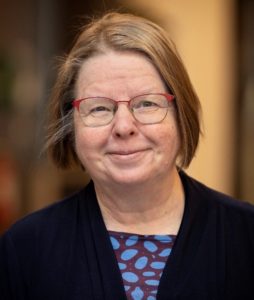 Kristina Edström |
Kristina Edström is a professor at the Ångström Advanced Battery Centre at Uppsala University. Her research focuses on self-healing aspects and the SEI/CEI interfaces in lithium and sodium batteries and on solid state batteries. |
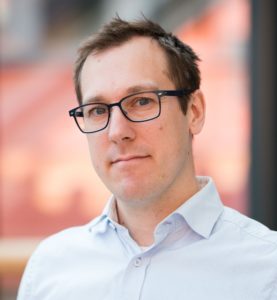 Jonas Mindemark |
Jonas Mindemark is an associate professor at the Ångström Advanced Battery Centre at Uppsala University. With a background in polymer chemistry, his research focus is now on the development and fundamental understanding of next-generation solid and liquid electrolytes.
|
RSC Appl. Polym., 2024,2, 374-383
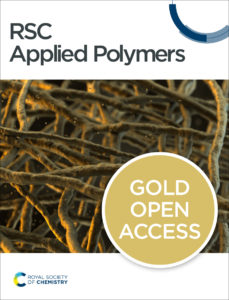 |
RSC Applied Polymers is a leading international journal for the application of polymers, including experimental and computational studies on both natural and synthetic systems. In this journal, you can discover cross-disciplinary scientific research that leverages polymeric materials in a range of applications. This includes high impact advances made possible with polymers across materials, biology, energy applications and beyond. |




